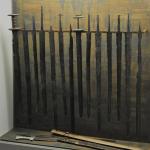A couple of years ago I sculpted all sorts of funny little things for ped out of plasticine. practice. In the process of sculpting, I photographed, then to make technological tables. The study was over, the practice was passed, and the photos remained. I was and forgot about them, but my husband reminded me. Like, put it in a blog - for sure someone will come in handy. With children, for example, or other teachers. And I am an obedient wife. Spread.
Today we will learn to sculpt a ladybug on a piece of paper. All we need is plasticine, a stack, a couple of beads and a bit of wire (I used metal fittings - I cut two pins with flat heads into eight parts). Well, a modeling board is also useful so as not to stain anything.
1. We prepare plasticine, if required. I sculpted from old-old plasticine, which in itself is very solid. He had to knead for a long time. Now in plasticine stores it is visible and invisible - there is quite soft among it. It is convenient for children to sculpt from this. Although, if a child independently kneads hard plasticine, it will only benefit him - an extra reason to train motor skills.
We take plasticine of green, red, white, yellow and black colors:
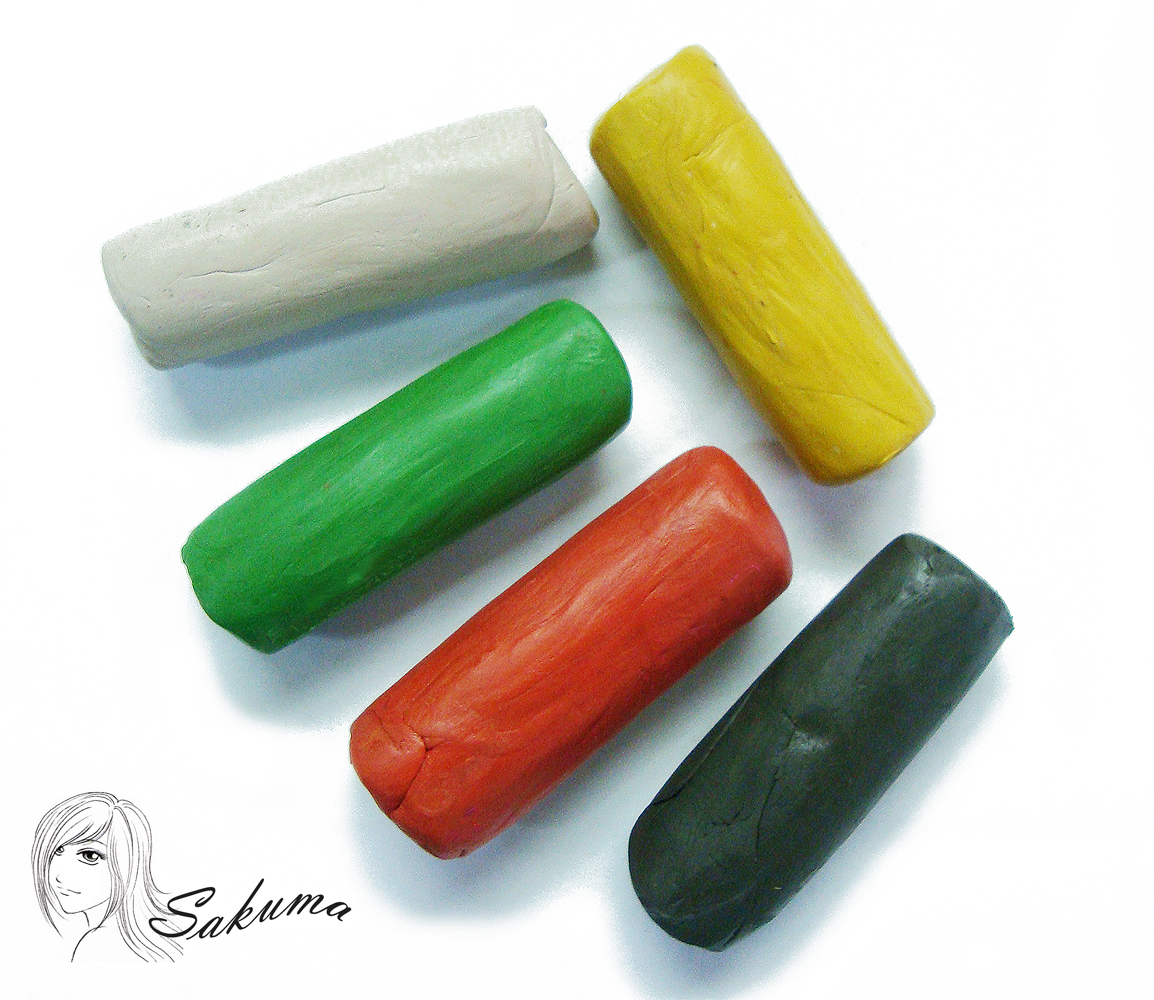
2. Sculpt the leaf:

3. We draw a thin stack on a leaf of a vein:
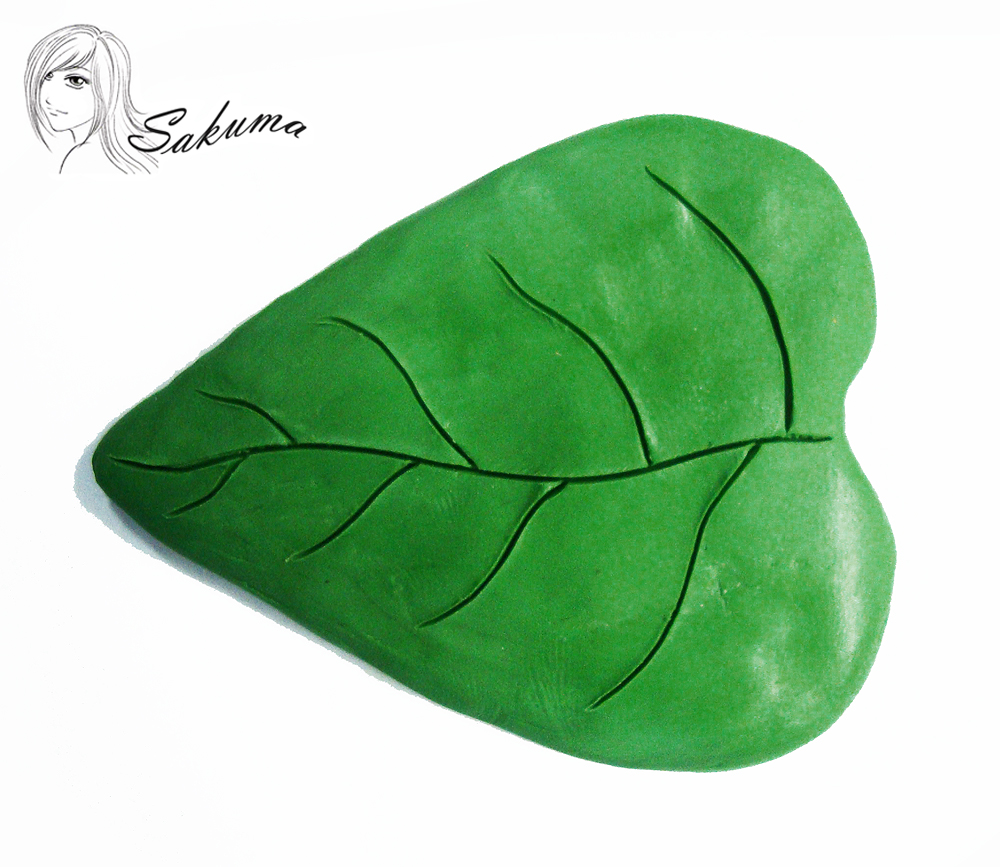
4. Now we form the body of a ladybug from a large piece of red plasticine. From the side of the head we flatten a little. From black plasticine we roll one large ball and seven small balls. From white - three small balls:
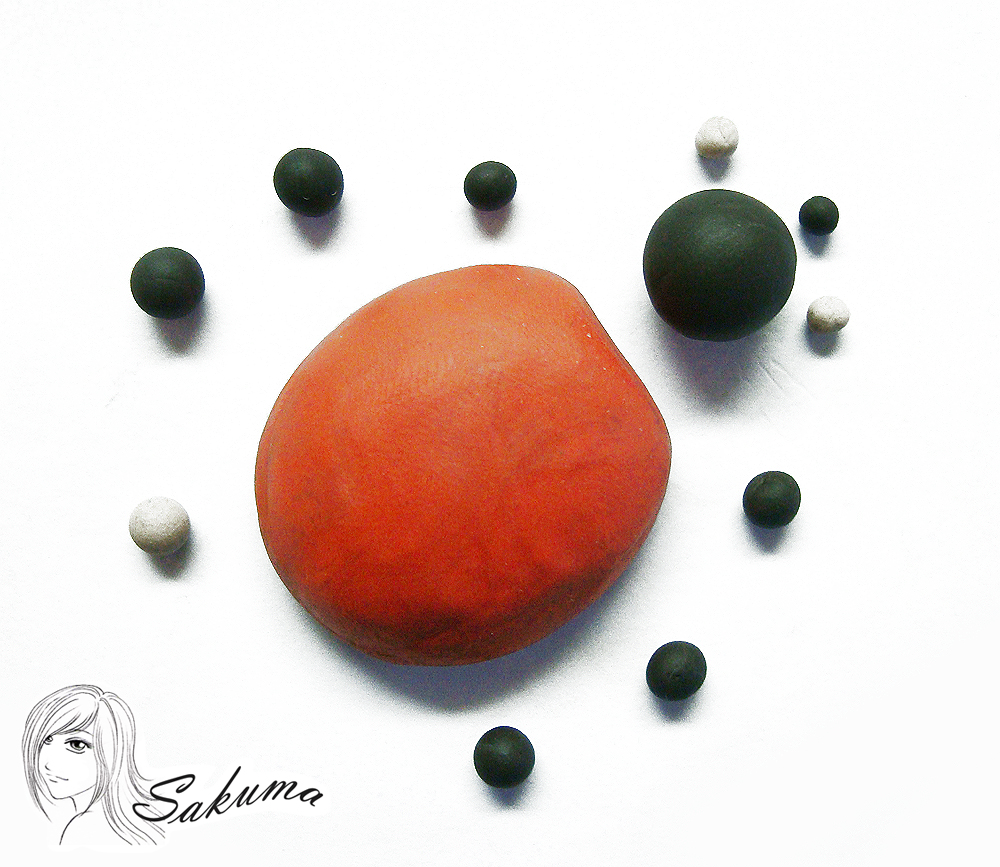
5. Now the fun begins. We attach the head to the back of the bug. Two white balls indicate eyes. Using beads, we make pupils.
Then we decorate the back with black balls, flattening them. Make of the ball white color flare.
Stack the back of a ladybug in two:
 6. From small wires we make paws and antennae:
6. From small wires we make paws and antennae:
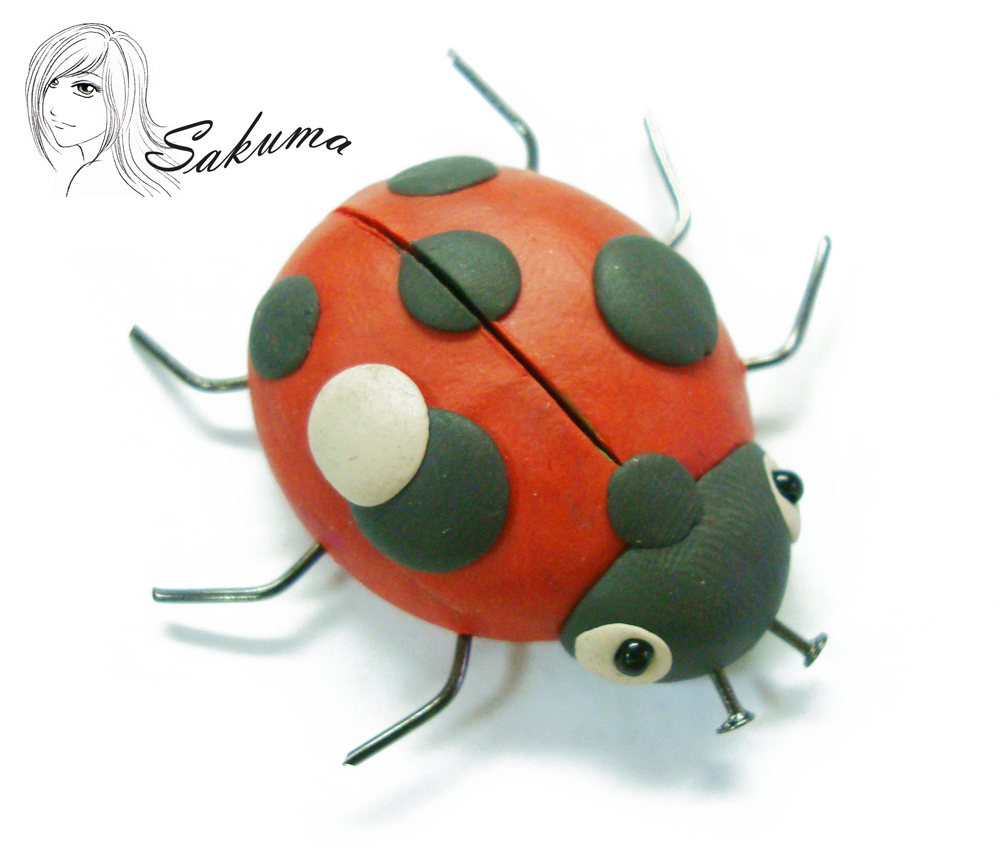
7. And now we need to plant our ladybug on a piece of paper. Decorate it with a small flower:
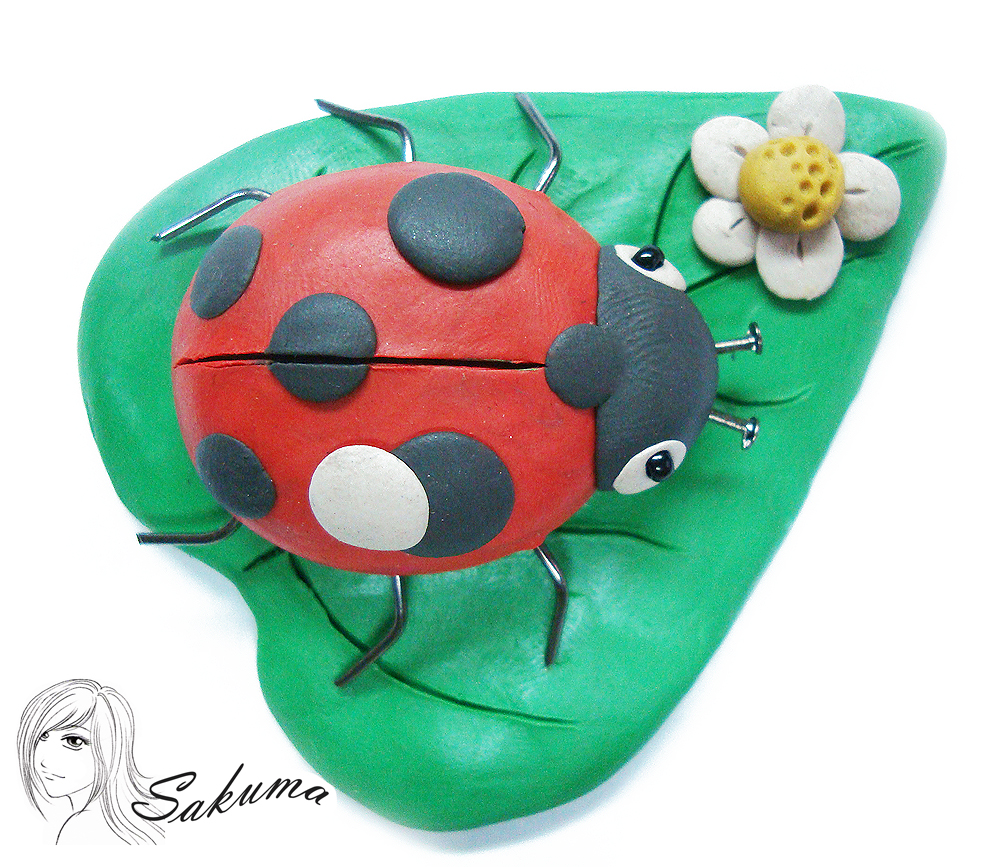 Done! We sit and enjoy the resulting work
Done! We sit and enjoy the resulting work
And if it’s very clear and convenient, there is also a ready-made table. The wording “algorithm” annoys me itself, but this is from my studies, there were a lot of bulky terms.

If desired, instead of plasticine, you can take polymer clay, in this case, the figure can be baked in the oven and it will be more durable than molded from plasticine. Just do not give this material to young children. I would recommend it to children from seven years old, not earlier.
Another simple and more versatile option is salt dough. It can be painted after the figure is molded, or sculpted immediately from color dough. This material can be given to children from the age of three.
From this lesson you will learn how to mold a ladybug, snail and firefly. Try to mold them together with your kids. The work is not at all complicated.
This funny ladybug seems a little crazy, as they say, because of the crazy look. It is such interesting crafts that attract children.
Roll a small ball of red plasticine, put it on a flat surface and slightly press down - this is the body.
The head of the cow is black, we attach it with a toothpick.
With a toothpick, draw a line along the back, visually dividing the wings. Begin to glue black spots symmetrically - flattened little black balls.

It remains to identify the mouth, glue the eyes and make horns of red wire.

Plasticine snail
Sculpting a snail is very simple, but this option involves a multi-colored shell.
It is during the manufacture of such simple crafts that you can teach your baby to use several colors at once.
Fashion the body of the cochlea, stick your eyes and make a hole in the back in order to insert the shell.

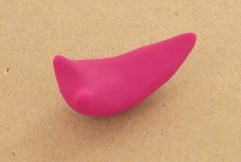

Carapace: take a thick sausage of the main color and douse it with thin sausages of different colors, as shown in the photo.
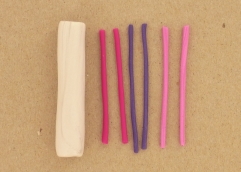
Roll and twist slightly (at the same time teach children to make candy from plasticine).
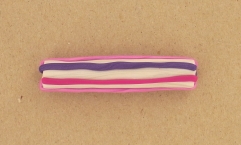
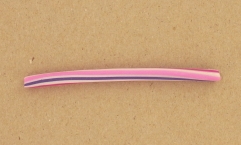
Fold the carapace and connect with the body.
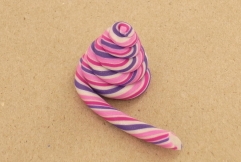
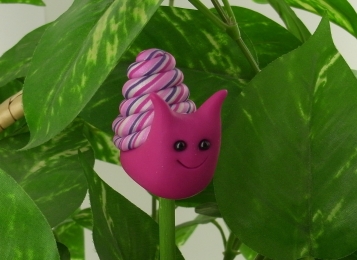
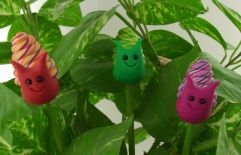
Plasticine Firefly
The body of the firefly consists of two balls - a larger white one (the part that glows) and a smaller green one.
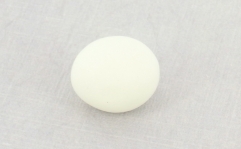

Fashion your head, connect the parts together.
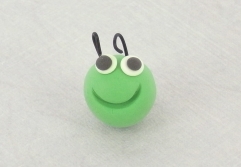
Make horns and legs out of black wire. The final touch is the wings.
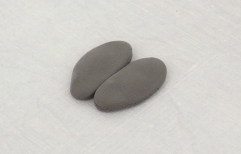
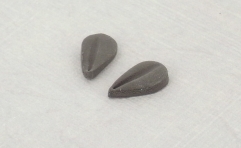
Greetings, dear friends, on the blog pages Family and mom. Summer is left behind, and I am returning to regular postings with step-by-step developmental activities for preschool children, which are my children. And today I will tell you how to mold a ladybug from plasticine. Such a do-it-yourself craft will appeal to both the baby and mom. In addition, modeling from plasticine has a positive effect on the health and development of the baby.
A few months ago I already published an article about a ladybug, which told how to make an application of a ladybug and how to draw a ladybug in stages, if you have not seen our past lesson, then you can see Well, now let's start making DIY crafts with a ladybug from plasticine.
Today I have prepared even two options. You can choose one of the two that you like best, or, like the children and me, create both options. Please write in the comments whether the baby will like to mold ladybugs? My kids really enjoyed it. After finishing the sculpting, they “flew” ladybugs around the apartment for a long time))
DIY craft: plasticine ladybug
Required
- plasticine of three colors:
- The black
- white
- red - Dough for plasticine
How to mold a plasticine ladybug:
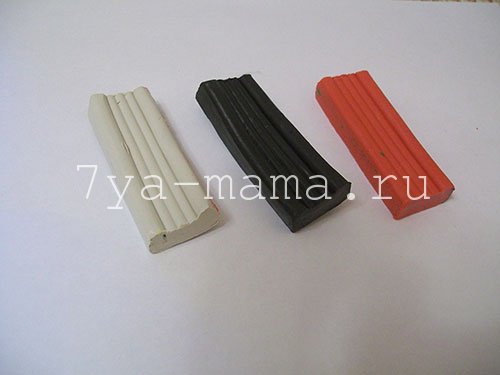
Our handmade ladybug from plasticine is ready.
Ladybug DIY plasticine crafts
Required:
- plasticine of three colors:
- The black
- white
- red - Dough for plasticine
- Plastic knife
How to make a DIY do-it-yourself ladybug from plasticine

That's all, do-it-yourself ladybug from plasticine is ready.
I liked the article How to mold a ladybug from plasticine? Bookmark it to mold a ladybug with your baby. Share an article with your friends using buttons social networks. In order not to miss new interesting and easy crafts for preschoolers - subscribe to blog updates.
Ladybug is a simple and bright model for modeling with children from plasticine. This insect is well known among all nations. Our closest neighbors are Belarusians, Ukrainians, Slovaks affectionately call her “The Sun”. Tajiks call her "Redbeard Grandfather." In English-speaking countries - England, USA, South Africa - the name of this bright beetle is "Lady Bird". In South America, her name is “St. Anthony's Cow”, and in Germany and Switzerland, “The Blessed Virgin Mary Beetle”. Such respectful or affectionate names gave the ladybug an ulterior motive. People have long noticed - where there are many of these bugs, there is a good harvest. The fact is that Ladybug is not only beautiful, but also a very useful insect. And the adult beetle and its larvae destroy the crop pest - aphids. To combat this pest of the fields, it was even brought from Europe to America. Previously, a ladybug was not found there.
We offer you two options for sculpting from the plasticine of Ladybug. The first - simple - option is suitable for working with preschool children in the older or preparatory group kindergarten. The second option for older children.
A simple plasticine ladybug - modeling insects with children from 5 years old
For work, we need black and red plasticine. White plasticine will require a very small piece.
Roll up the ball from red plasticine and, pressing with effort to the table, give it the shape of a hemisphere (gingerbread).
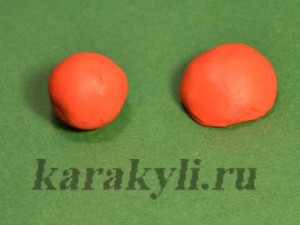
Roll the ball from black plasticine and stick it to the body. With a stack we draw a line on the shell, dividing it in half and forming two wings.
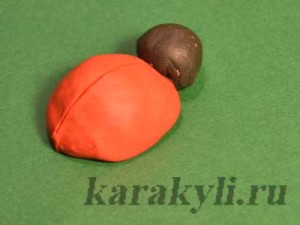
We roll a sausage from black plasticine, divide it into six segments and make the legs of a ladybug out of them.
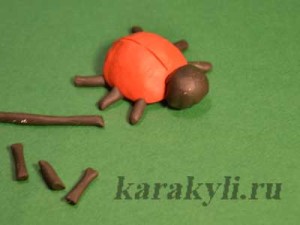
We roll six small balls out of black plasticine and stick them on the wings, slightly flattening. Blind mustaches and eyes. Plasticine ladybug is ready!
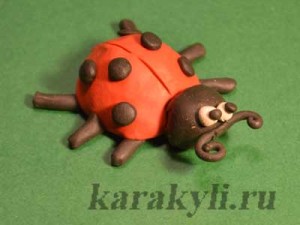
Plasticine ladybug - modeling of insects with children from 5 years old.
Plasticine ladybug - modeling of insects with children from 7 years
This model is a bit more complicated than the previous one. Here, the ladybug “opened” its wings. For work, we need red, black and white (slightly) plasticine.
Roll out a black plasticine ball and crush it into a flat cake.
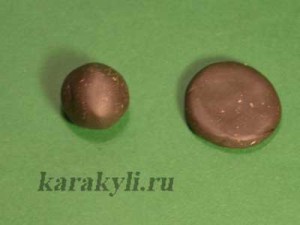
From a piece of black plasticine we roll up a long thin sausage-flagellum and, having divided into three parts, we stick to a black pancake base.

We turn the figure over, “put” it on the legs that have just been molded. Roll out a ball of black plasticine and stick it to the body. This is the head of a ladybug.
![]()
Roll up the ball from red plasticine and, pressing it from below with your fingers, we will form a hat, as if. The diameter of the “hat” should approximately correspond to the base of the body of a ladybug. The resulting "hat" is cut into a stack in the middle.
We stick the red wings to the base of the ladybug.

It remains only to revive, decorate our ladybug. Roll up the flagellum, “curl” it and make a mustache. Roll up six small black balls, flattened and stuck on the wings. From two pieces white plasticine make two false eyes. Here is another plasticine ladybug!
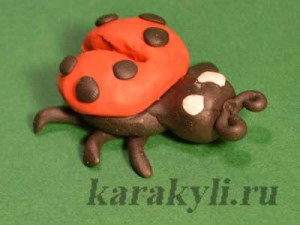
Plasticine ladybug - modeling of plasticine insects with children from 7 years.
Using similar techniques, you can dazzle with children and other plasticine beetles.
Despite the fact that insects are very small creatures, compared with humans, many are afraid of them, especially small children. But the ladybug is an exception, because the miniature cute spotted creature, which is also called the “sun”, inspires only positive emotions. Precisely because all children love ladybugs, we propose to mold such an article made of plasticine. This lesson is completely devoted to the creation of a harmless insect.
Red, black and white are three colors of plasticine, without which it is impossible to create a ladybug. Just prepare them for work. For the convenience of dividing whetstones, use a plastic stack.
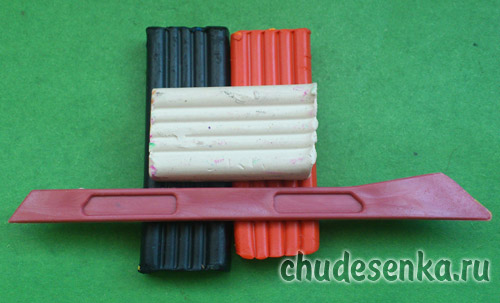
To get started, take a little black plasticine, mash it in your hands, blind a round cake. 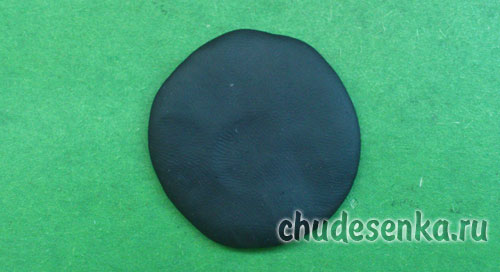
Stack neat cuts on both sides. 
Bend the plasticine in the places of the incisions so that you get the paws: three on each side. 
From red plasticine, blind a voluminous part, which will subsequently become the body of the bug. Choosing the amount of red material, measure the dimensions of both parts, because they will subsequently have to be combined.

Place the resulting red torso on a black base. Press down with your fingers. 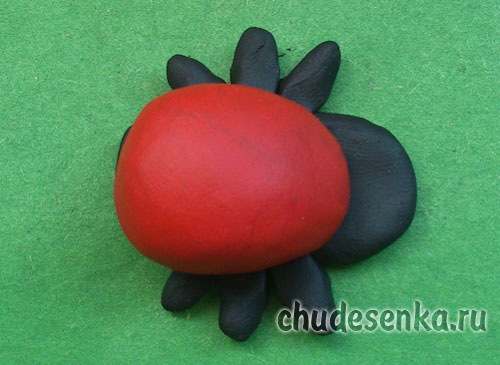
Next, make the design of the wings of a ladybug: cut along the spatula and attach a few black spots to the resulting halves. The age of the insect depends on their number. Attach a black ball to the front of the craft. Turn it into a head by fixing the eyes on it.
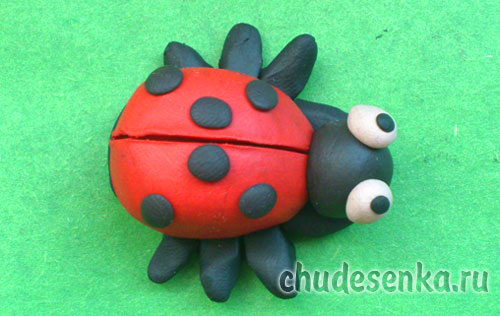
All insects love flowers. Be sure to make a bright house for your sun. To do this, you need green and yellow or any other plasticine. 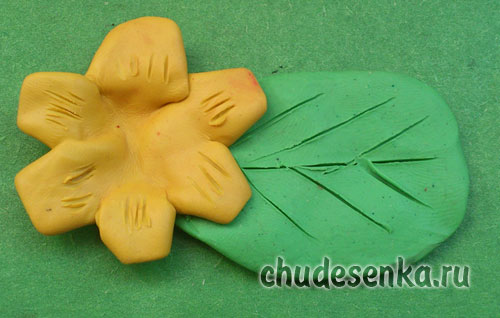
Now the ladybug can be seated in a new place. 
To complete the craft, simply attach a small antennae to the face. 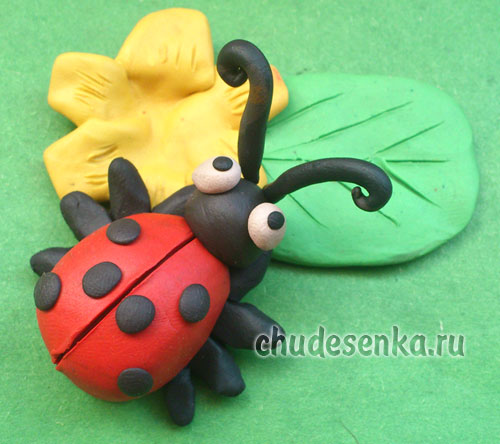
It’s so easy to make not only a ladybug, but also any other bug, it’s enough just to replace the colors of plasticine.
Сhudesenka.ru

